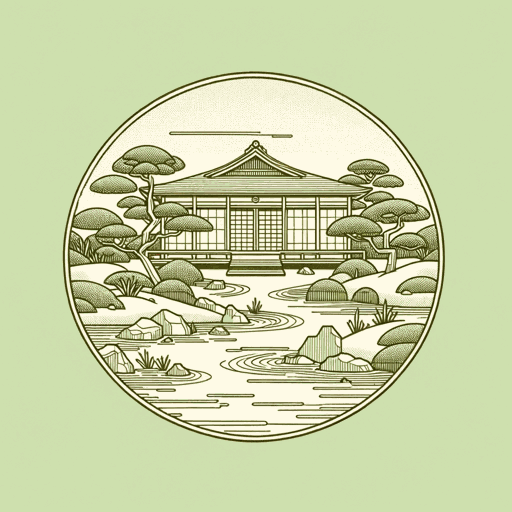64 pages • 2 hours read
Gail TsukiyamaThe Samurai's Garden
Fiction | Novel | Adult | Published in 1994A modern alternative to SparkNotes and CliffsNotes, SuperSummary offers high-quality Study Guides with detailed chapter summaries and analysis of major themes, characters, and more.
Summary
Autumn: September 15, 1937-Autumn: September 29, 1937
Autumn: October 5, 1937-Autumn: October 29, 1937
Autumn: October 30, 1937-Autumn: November 30, 1937
Autumn: December 1, 1937-Winter: December 7, 1937
Winter: December 21, 1937-Winter: February 4, 1938
Winter: February 5, 1938- Winter: March 14, 1938
Spring: March 28, 1938-Spring: May 30, 1938
Summer: June 6, 1938-Summer: July 5, 1938
Summer: July 9, 1938-Summer: August 16, 1938
Summer: August 17, 1938-Autumn: September 23, 1938
Autumn: September 28, 1938-Autumn: October 19
Autumn: October 20, 1938-Autumn: October 26, 1938
Autumn: October 27, 1938-Autumn: October 29, 1938
Character Analysis
Themes
Symbols & Motifs
Important Quotes
Essay Topics
Symbols & Motifs
Weather and Seasons
The Samurai’s Garden is structured by seasons and their weather. Stephen’s “chapters” are dates in his journal headed by season (Spring, Summer, Autumn, Winter). Stephen often writes about his challenges and changes in terms of seasons: “All through the thick, sticky summer, the heat made things worse” (3), and seasonal archetypes abound, with spring as rebirth, summer as fruition, autumn as loss and change, and winter as death. In the first “Winter” chapter, Stephen writes, “Sachi’s presence, which had held us and the garden captive is gone, leaving an emptiness that can’t be filled” (73).
Weather – from balmy days to horrible storms – often reflects characters’ inner lives. When a storm hits Tarumi just after Stephen learns of his father’s infidelity, he and Matsu are pummeled by the torrential rain and waves: “The wall of water swept us both off our feet, knocking us solidly against the house” (52). Stephen has been knocked down psychologically, and the physical wave embodies that shock, making his inner and outer lives one.
Flora (Especially Flowers) and The Garden
Throughout the novel, flowers are associated with grace and good luck. Keiko often has a lavender scent, and most of Stephen’s interactions with her involve flowers: “I looked up to see a shower of white petals fall in my direction… I jumped up and could hear two girls laughing aloud as I rushed to the gate” (19).


